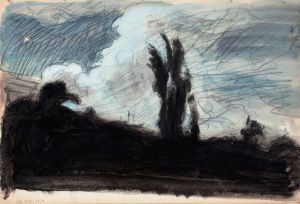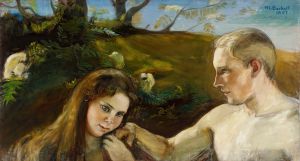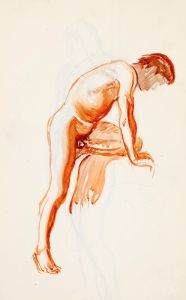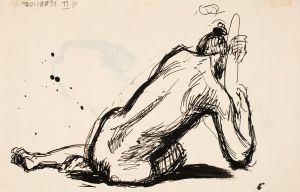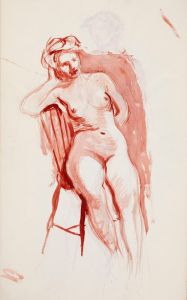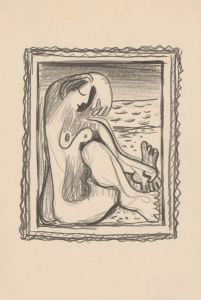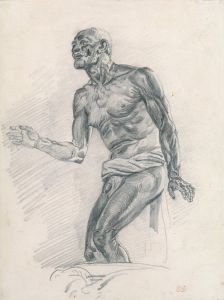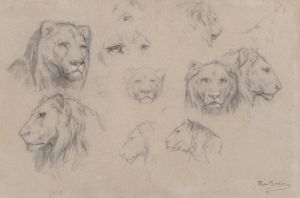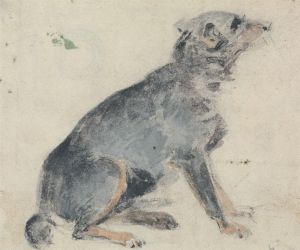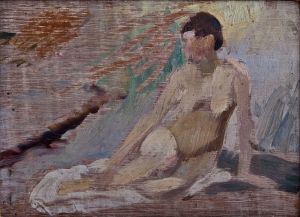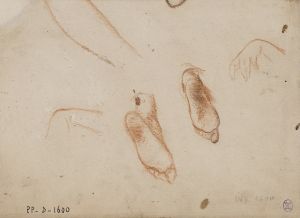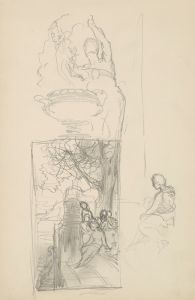
Istuva alaston mies, luonnos
A hand-painted replica of Magnus Enckell’s masterpiece Istuva alaston mies, luonnos, meticulously crafted by professional artists to capture the true essence of the original. Each piece is created with museum-quality canvas and rare mineral pigments, carefully painted by experienced artists with delicate brushstrokes and rich, layered colors to perfectly recreate the texture of the original artwork. Unlike machine-printed reproductions, this hand-painted version brings the painting to life, infused with the artist’s emotions and skill in every stroke. Whether for personal collection or home decoration, it instantly elevates the artistic atmosphere of any space.
Magnus Enckell (1870–1925) was a Finnish symbolist painter known for his contributions to Finnish art during the late 19th and early 20th centuries. One of his works, Istuva alaston mies, luonnos (translated as Seated Nude Man, Sketch), is a study that reflects his interest in the human form and his exploration of symbolism and emotional expression through art.
This sketch is a representation of a seated male nude, a subject that Enckell frequently explored in his works. Enckell was particularly interested in the human body as a vessel for expressing inner emotions and spiritual states. His approach to the nude figure was often characterized by simplicity and a focus on form, light, and shadow, rather than elaborate detail or narrative context. This emphasis aligns with the broader Symbolist movement, which sought to convey deeper meanings and emotions through art.
Enckell's early works, including sketches like Istuva alaston mies, luonnos, often featured muted color palettes and a contemplative atmosphere. These pieces reflect his fascination with themes of introspection, solitude, and the human condition. While this particular work is a sketch and not a finished painting, it demonstrates his skill in capturing the essence of the human figure with minimalistic yet evocative lines and shading.
The exact date of creation for Istuva alaston mies, luonnos is not documented, but it is consistent with Enckell's artistic style during the early stages of his career. During this period, he was influenced by Symbolism and sought to move away from the more traditional academic art styles of his time. His works often carried a sense of quiet intensity, focusing on the interplay between the physical and the spiritual.
Magnus Enckell's contributions to Finnish art were significant, and he played a key role in the development of modern art in Finland. He was a member of the Septem group, an influential collective of Finnish artists who sought to bring modernist ideas to Finnish art. Enckell's work, including sketches like Istuva alaston mies, luonnos, continues to be studied and appreciated for its artistic and historical value.
As a sketch, Istuva alaston mies, luonnos provides insight into Enckell's creative process and his approach to studying the human form. While it may not be as widely recognized as some of his larger, more detailed works, it remains an important piece within the context of his oeuvre and the Symbolist movement in Finland.





